Let’s dive into the wild and sometimes terrifying world of animal predators with kill tactics that seem like they’re taken straight out of a horror movie. Some of these creatures are so crafty that you might start looking over your shoulder the next time you’re on a nature walk. The animal kingdom is a fascinating blend of beauty and brutality, and these thirteen terrifying predators showcase just how creative Mother Nature can get. So, if you can’t handle the heat, you might want to stay out of the jungle—or the ocean, desert, or forest for that matter.
1. The Orca’s Wave Smash

Orcas, or killer whales, don’t just rely on their size and strength to hunt; they’ve developed a tactic that can only be described as a marine nightmare. Imagine being a seal lounging on an iceberg, thinking you’re safe, when suddenly the water around you starts to rise. That’s the orca’s doing, as they create waves to knock seals off ice floes, sending them into the water where they’re an easy target. It’s a team effort, too, with multiple orcas working together to create the perfect wave. It’s like synchronized swimming with a deadly twist.
Once the seal is in the water, the orcas don’t rush their meal. They play with their food, tossing the seal around as if it’s a beach ball, honing their predatory skills and teaching younger orcas the family business. This chilling display of technique and teamwork makes orcas not just apex predators but also the stars of their own horror show in the animal kingdom. And if you thought Free Willy had a happy ending, think again—these orcas are not the cuddly kind.
2. The Trapdoor Spider’s Surprise Attack
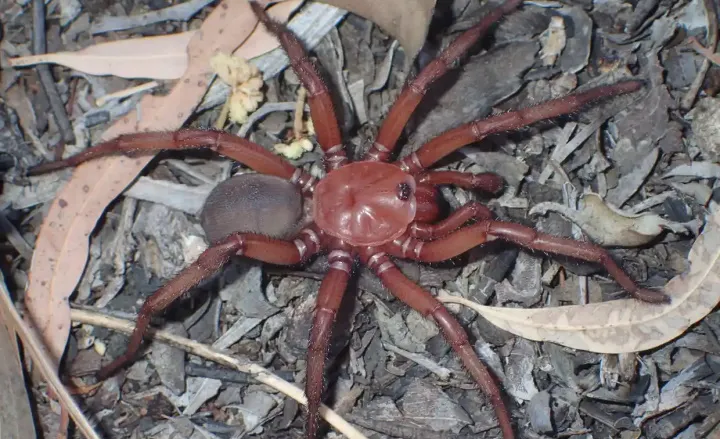
If you think spiders are creepy, allow me to introduce you to the trapdoor spider, the arachnid equivalent of a horror movie jump scare. Living in burrows with camouflaged doors, these spiders patiently wait for an unsuspecting insect to wander by. At the perfect moment, they burst forth with lightning speed, pulling their prey into their lair. It’s quick, efficient, and utterly terrifying if you happen to be the target.
The trapdoor spider’s method is all about patience and precision. They can wait for hours or even days before the right moment presents itself. When it does, there’s no room for error—it’s strike fast or starve. This stealthy technique has earned them a reputation as some of the most effective predators in the spider world. So, next time you find yourself strolling through a forest, watch your step; you never know what’s lurking beneath your feet.
3. The Creeping Assassin Bug
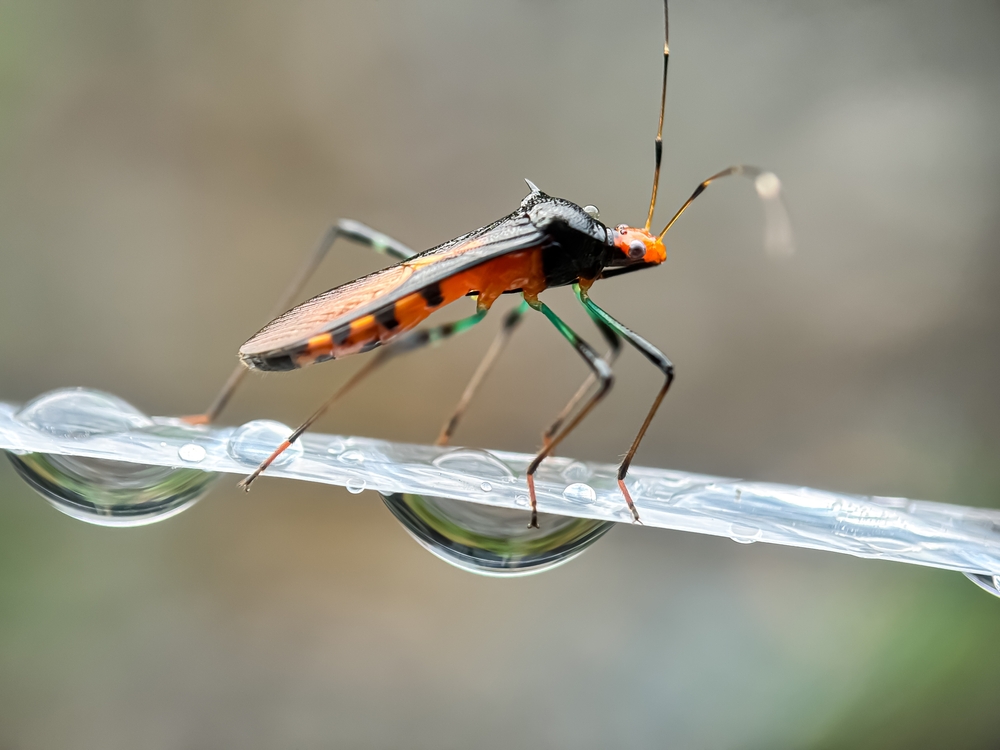
Meet the assassin bug, an insect whose modus operandi could be the plot of a horror thriller. Known for its gruesome feeding habits, this bug injects venom into its prey, liquefying their insides before sucking them out. But what’s even creepier is its disguise game. Some species of assassin bugs wear their victims’ carcasses as camouflage, using the bodies of ants or termites to sneak up on their next meal.
This bug doesn’t just rely on brute strength or speed; it uses intelligence and creepy cunning instead. The disguise allows it to blend into ant colonies undetected until it strikes again. It’s like the insect world’s version of a slasher villain, hiding in plain sight until the moment is right. You might want to think twice about getting too close to that pile of debris on your next camping trip—there’s no telling what’s hiding inside.
4. The Snapping Turtle’s Bait-and-Wait

Snapping turtles might seem slow and cumbersome, but their hunting strategy is a masterclass in patience and deception. Lying at the bottom of murky waters, these turtles remain motionless, resembling a harmless rock or piece of debris. But don’t let their stillness fool you—their secret weapon is a tongue that looks like a wriggling worm. When a curious fish comes to investigate, SNAP—the turtle’s jaws close with incredible speed and force.
Their ability to remain undetected is key to their success as ambush predators. They can stay submerged for hours, just waiting for the right moment to strike. It’s a battle of wits, and the turtle almost always comes out on top. This gruesome game of bait-and-wait ensures that the snapping turtle remains a formidable force in its aquatic domain. So, if you’re ever tempted to poke around a murky pond, remember what might be lurking beneath the surface.
5. The Cunning Cuttlefish
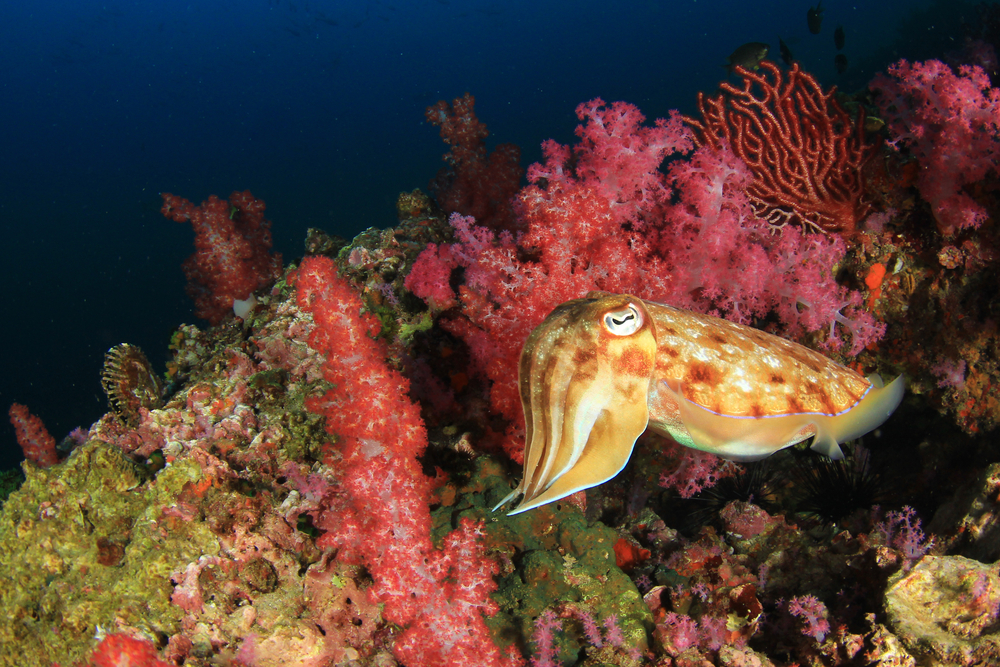
Cuttlefish are the cephalopods of nightmares, with a hunting technique that combines hypnosis and precision. They can rapidly change the color and pattern of their skin, mesmerizing prey with a dazzling display that leaves fish and crustaceans seemingly hypnotized. It’s like staring into a kaleidoscope, only with deadly consequences. Once the cuttlefish has its prey transfixed, it strikes with lightning speed, capturing its meal before the victim even realizes what’s happening.
The cuttlefish’s ability to control its appearance is not just for show—it’s a strategic tool for both hunting and evading predators. Its skin can mimic textures and patterns, allowing it to blend seamlessly into its surroundings. This makes the cuttlefish both a ghost-like predator and a master illusionist. Next time you’re snorkeling in the ocean, keep an eye out for these shape-shifting hunters; you might see them before they see you. Or maybe not.
6. The Deathly Embrace of the Boa Constrictor
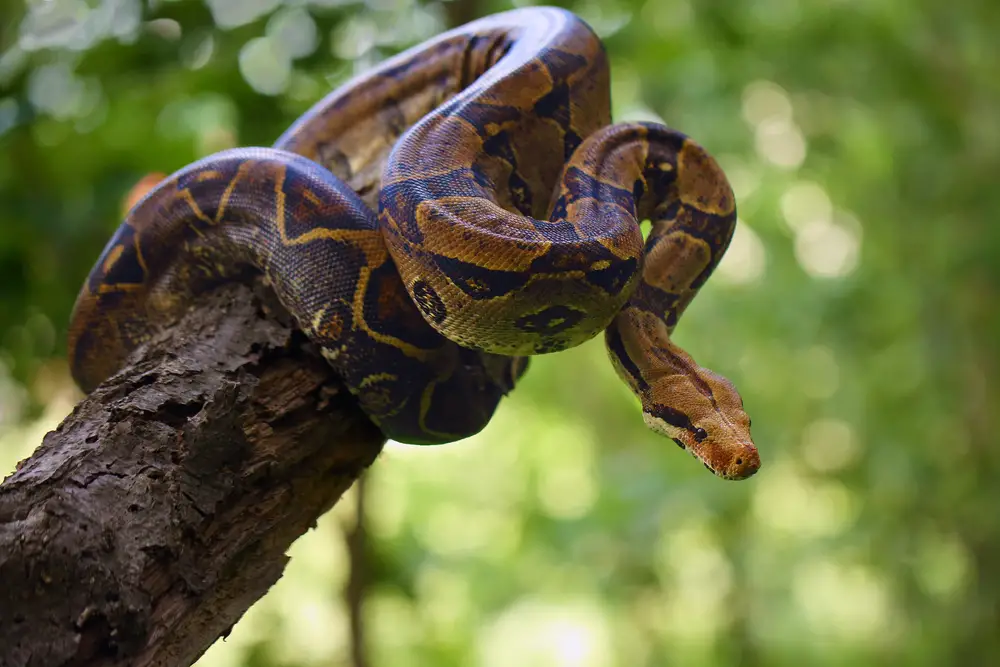
If you’ve ever imagined being hugged to death, then you have an idea of the boa constrictor’s method for taking down prey. These massive snakes don’t rely on venom; instead, they use brute strength to suffocate their victims. Wrapping around their prey, they squeeze tighter every time the victim exhales, making it impossible to draw in another breath. It’s a slow and terrifying way to go, akin to a horror movie’s slow, suffocating demise.
Boa constrictors are incredibly patient hunters. They can wait hours or even days for the perfect opportunity to strike, often hanging immobile from a tree branch until their prey is within reach. Once they have a hold, there’s little chance of escape. This combination of power, patience, and precision makes the boa constrictor a highly effective killer and a true terror of the tropical forests. So if you’re ever trekking through the Amazon, remember that sometimes silence is the loudest sound of danger.
7. The Barracuda’s Blitz Attack
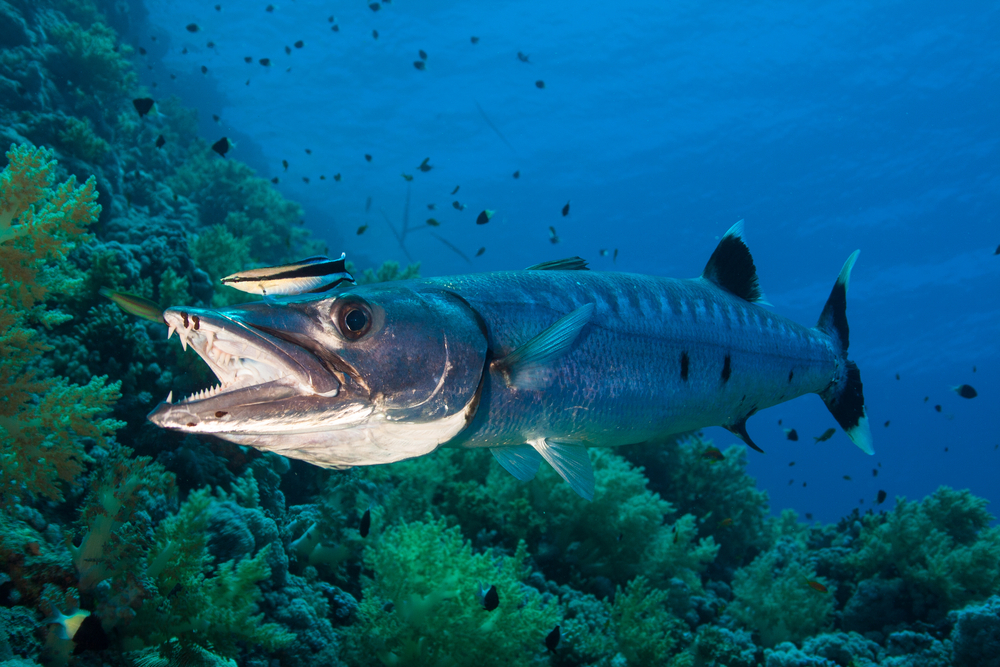
Imagine you’re a fish swimming peacefully through the ocean when out of nowhere, a silver flash speeds past you. That’s a barracuda, one of the fastest and most frightening predators of the sea. With razor-sharp teeth and a streamlined body, barracudas can reach speeds of up to 27 miles per hour. Their strategy? Speed and surprise—by the time their prey sees them, it’s often too late.
These fish aren’t just fast; they’re also incredibly agile, capable of making sharp turns and quick maneuvers to corner their prey. Barracudas often hunt alone, relying on their speed and the element of surprise to catch unsuspecting fish. One moment, you’re safe, and the next, you’re lunch. It’s a stark reminder that in the ocean, the line between hunter and hunted is often a blur. So, the next time you’re snorkeling, and you see a flash of silver, you might want to pay attention.
8. The Insidious Ant Lion
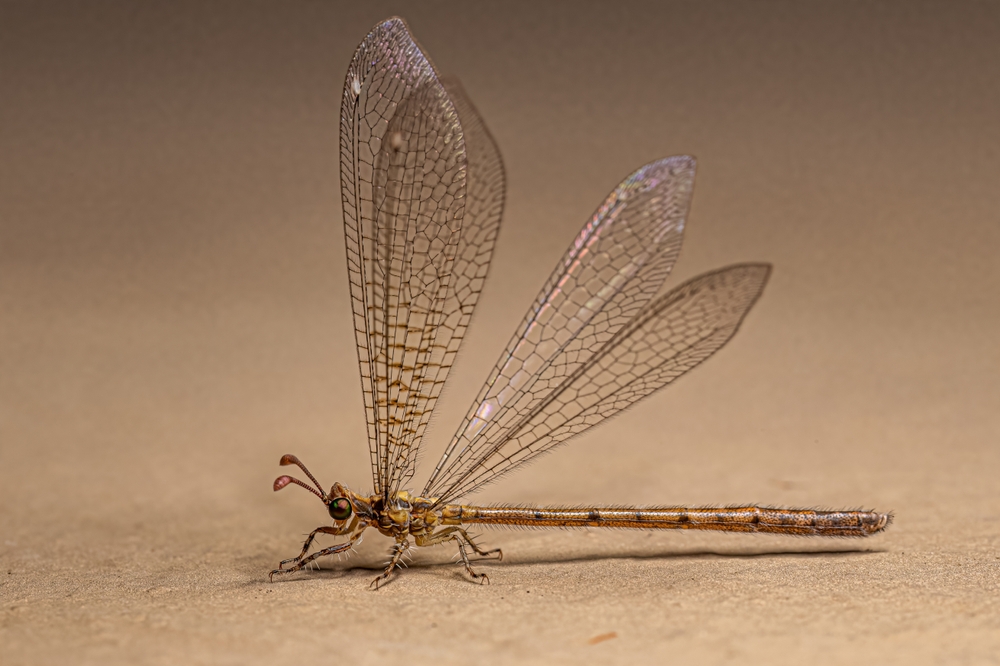
Antlions might sound like a superhero’s nemesis, but these crafty predators have a killer strategy that belongs in a horror film. They dig cone-shaped pits in sandy soil, lying in wait at the bottom. When an ant stumbles into the pit, it’s like falling into a sand trap of doom. As the ant struggles to climb out, the antlion flicks sand up to exacerbate the situation, causing mini landslides that drag the ant back down.
This relentless bombardment of sand is both a tactic and a demonstration of the antlion’s patience. The more the ant struggles, the deeper it sinks until finally, the antlion can grab its prey with sharp, sickle-like jaws. It’s a simple yet effective trap, showcasing the power of patience and ingenuity. Next time you’re at the beach, take a moment to observe those tiny holes in the sand—there might be a tiny terror lurking below.
9. The Agility of the Harpy Eagle
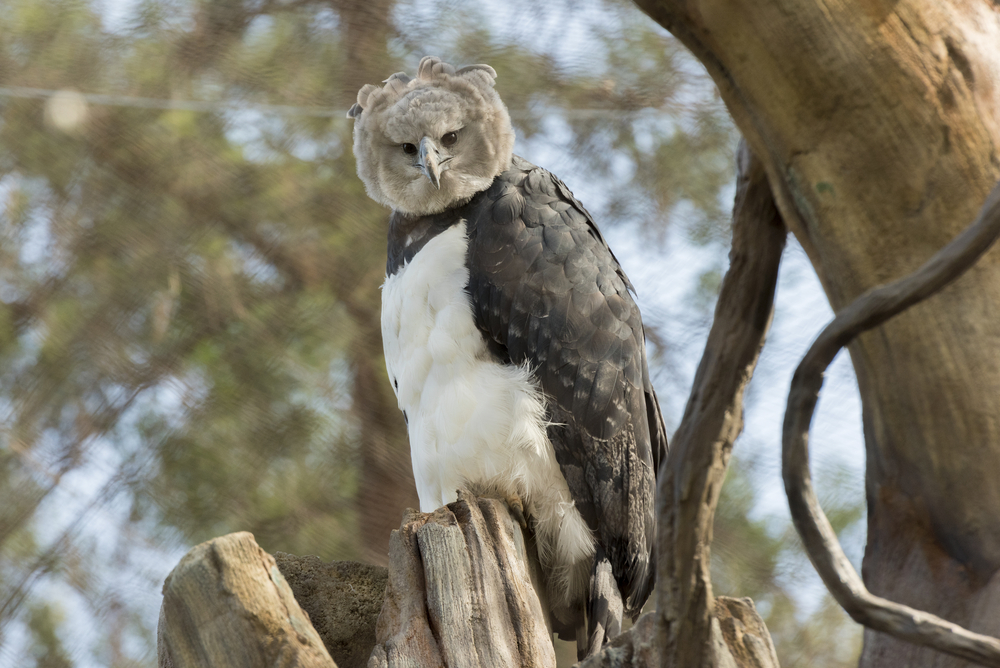
The harpy eagle is a bird of prey with talons that belong in a slasher flick. These massive eagles have claws the size of Grizzly Bear’s, and they use them with surgical precision. Known for hunting in dense forests, these birds can swoop through the trees at incredible speeds, snatching monkeys and sloths right off the branches. Their ability to maneuver through tight spaces makes their hunting style both thrilling and terrifying.
A harpy eagle’s talons are not just for show—they’re its primary weapon, capable of exerting immense pressure to crush bones. A single strike is often all it takes for the eagle to secure its prey. With a wingspan reaching up to seven feet, the harpy eagle is not just an apex predator but a master of stealth and speed. If you ever find yourself deep in a South American rainforest, remember that the skies hold their share of terrors, too.
10. The Lurking Crocodile
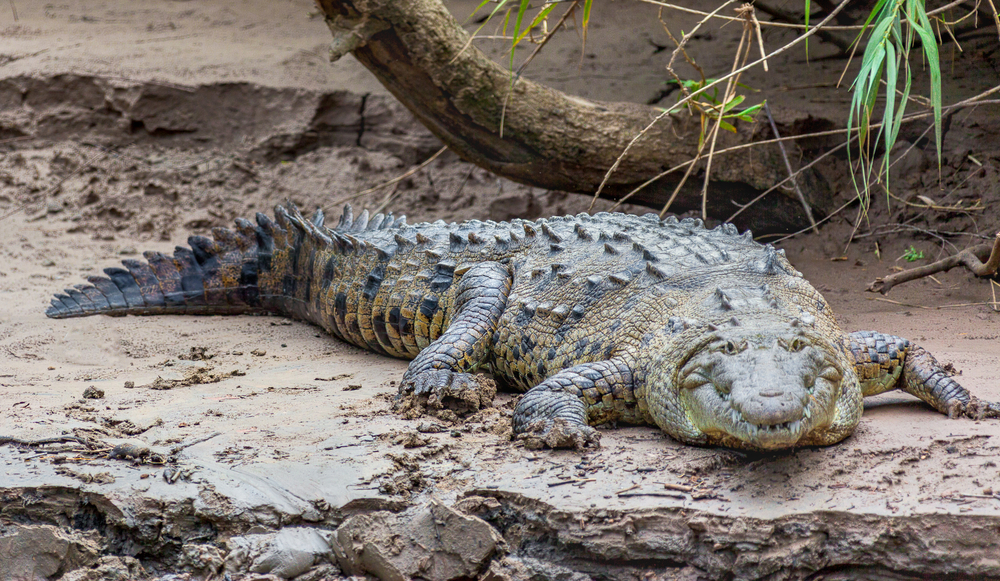
Crocodiles are the lurking shadows of the waterways, masters of ambush with a bite that can snap bones like twigs. These ancient reptiles rely on their ability to remain submerged and motionless for hours, sometimes days, waiting for an unsuspecting animal to come for a drink. When they do strike, it’s with explosive force, often dragging their prey underwater with a signature death roll. It’s a tactic that leaves little hope for escape, turning the peaceful water’s edge into a scene of horror.
Their patience is as much a weapon as their physical strength. Crocodiles can regulate their metabolism, allowing them to go without food for extended periods, ensuring they always strike at the opportune moment. This combination of stealth, patience, and power has kept them atop the food chain for millions of years. So, the next time you’re by a river in the tropics, remember—it’s not just the insects you need to worry about.
11. The Vampire Bat’s Stealthy Feast
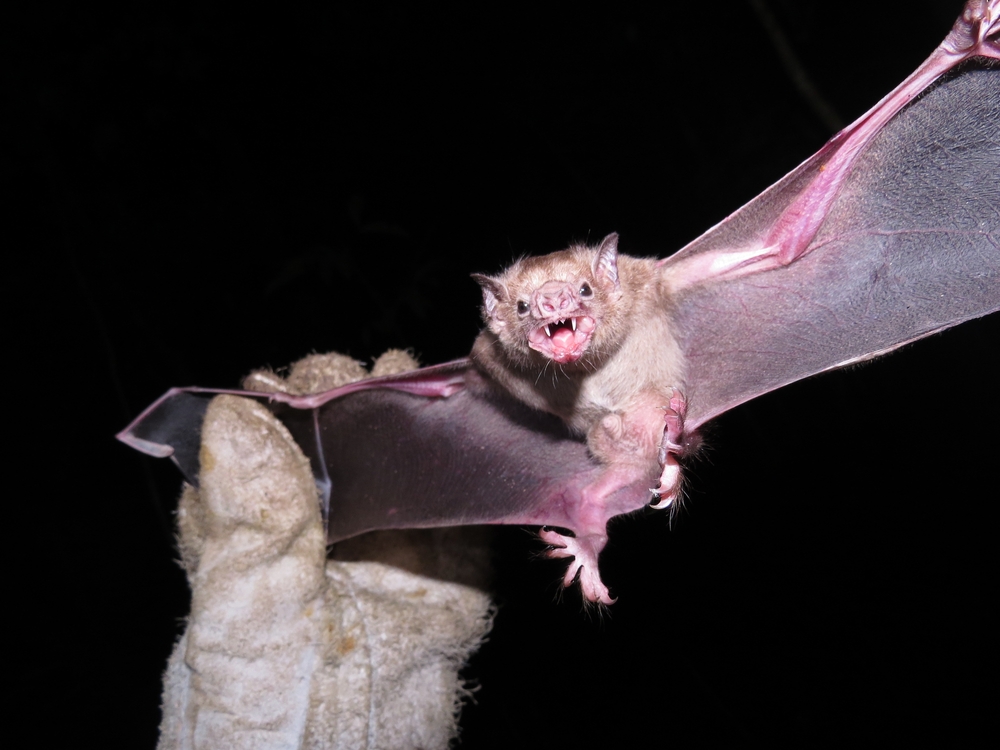
Vampire bats might sound like creatures of legend, but their feeding habits are the stuff of midnight horror. Emerging under the cover of darkness, these bats zero in on unsuspecting animals, using heat sensors in their noses to locate blood vessels close to the skin’s surface. Once they find their target, they make a small incision with razor-sharp teeth, lapping up the blood as it flows. The anesthetic in their saliva ensures their prey doesn’t feel a thing—a chillingly effective strategy.
These nocturnal predators are not dependent on their own physical prowess but rather on their stealth and the cover of night. They can feed without waking their hosts, ensuring a quiet, undisturbed meal. This method of feeding is both insidious and efficient, making vampire bats a unique and eerie part of the ecosystem. So if you hear fluttering wings at night while you’re in the tropics, you might want to pull up the covers.
12. The Cunning Fox’s Goose Chase
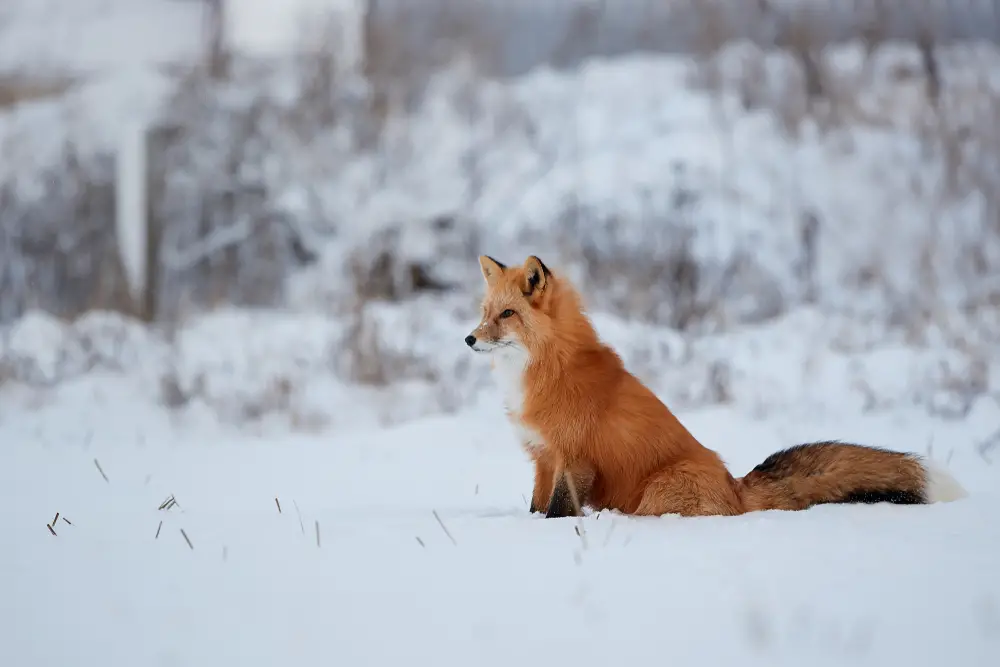
Foxes may be known for their cunning, but their hunting strategy is both simple and brilliant, reminiscent of a suspenseful chase scene. During winter, when food is scarce, foxes rely on acute hearing to locate small animals beneath the snow. Once they pinpoint their target, they leap high into the air and dive headfirst, breaking through the snow to catch their prey. It’s a spectacular sight, combining agility and precision in a single motion.
This “mousing” technique isn’t just about physical prowess; it also requires an understanding of its environment. By aligning its leap with the Earth’s magnetic field, the fox increases its chances of a successful catch. This is a skill honed over generations, showcasing the fox’s adaptability and intelligence. So next time you admire a fox’s bushy tail and charming face, remember—they’re not just pretty; they’re nature’s clever and agile hunters.
